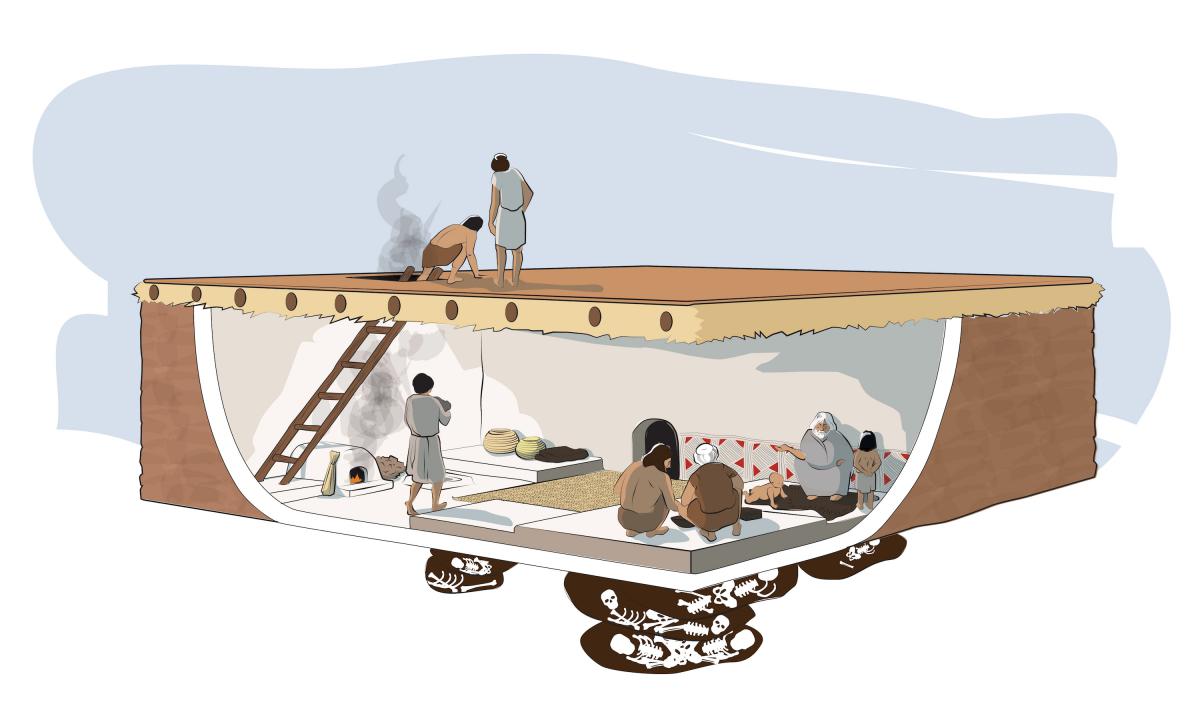Archaeology and Biofuels
In the light of climate change and the negative environmental consequences of burning fossil-fuels, an increasing focus has been on ‘biofuels’ as sustainable alternatives. However, the use of silica-rich renewables can have detrimental effects on urban air quality and respiratory health, leading to serious conditions such as anthracosis and silicosis (Fullerton et al. 2008, Kodgule and Salvi 2012). What is unclear is the exact nature of the relationship between fuel types, settlement structure and architecture, and respiratory health, over long term (> lifetime) timescales.
This research investigates the contribution of archaeology to our understanding of the relationship between ‘biofuel’ burning, settlement structure, and respiratory health. The nature of the archaeological record enables a long-term perspective which can inform circumstances of use with minimal health risk. The research will apply modern air quality modelling to the long-lived World Heritage site of Çatalhöyük (Turkey). The settlement was continuously occupied from 7400-6200 BC, with exceptionally well-preserved houses and human skeletal remains. Previous research on the site shows a significant shift in fuels over 1000 years, alongside decreasing settlement density.
The results of the project will enhance public understanding of the detrimental effects of ‘biofuels’, which are, perhaps erroneously, considered ‘cleaner’ than fossil-fuels. Turkey as a country has one of the highest rates of premature deaths due to air pollution in Europe. Beyond academia this research at Çatalhöyük World Heritage Site will provide a tool for improving the public understanding of the fuel/health relationship, with the potential to inform policy making in this area.

Reconstructed house at Çatalhöyük. Credit: Kathryn Killackey.



